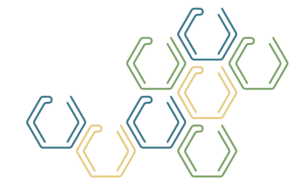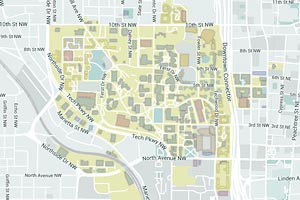STEM-ID Mathematics Explorations consist of nine 1-week middle school modules that cover topics in geometry, statistics and algebra. All modules promote problem-based learning within mathematics.
Students, posing as candy manufacturers, examine automated manufacturing processes to determine which procedure produces the most consistent packages of a multi-colored candy. They use measures of center, spread, interquartile range and box plots to determine which new manufacturing equipment they should purchase.
Students use inference and measures of center and variability to investigate the error rate of random samples of hex nuts to determine if a manufacturing production line has exceeded the allowable error and needs to be repaired. In the process, they learn how sample size affects results.
Students simulate packaging procedures to determine which procedure is the most consistent and efficient in creating the greatest number of wall hanger kits. Students reason quantitatively using measures of center and variability to construct and defend arguments regarding the best procedure.
Students use different measurement tools and create procedures to determine the dimensions of a set of 3-D printed geometric solids. They then calculate the area, surface area, and volume to determine which pieces best satisfy a set of requirements for a new board game piece.
Students simulate a Hotshot Firefighters planning team as they define extraction logistics using the Pythagorean Theorem and the linear equation for distance, rate and time. In the process, they construct a coordinate graph of different Hotshot team positions and determine each teams’ pacing so that all teams meet at the helicopter extraction point at the same time.
Students use inference and measures of center and variability to investigate the error rate of random samples of hex nuts to determine if a manufacturing production line has exceeded the allowable error and needs to be repaired. In the process, they learn how sample size affects results.
Students model and graph scientific investigation data related to pheromone concentration versus blue crab mating and predator events. They analyze rate of change and use proportional reasoning to select the mix of predators that will balance the ecosystem of an aquarium display.
Students use linear systems of equations to explore the finances of funding and building a power plant using different insulation materials. They calculate the break-even point when the plant begins to earn a profit, and decide which insulation to use in construction.
Students model plankton and temperature data collected at different ocean depths in the Antarctic to determine whether a research vessel will collide with whales. They construct coordinate graphs of the data to identify whether the data is linear or non-linear, discern whether a variable is independent or dependent in the relationship, and reason quantitatively about the data relationships.




